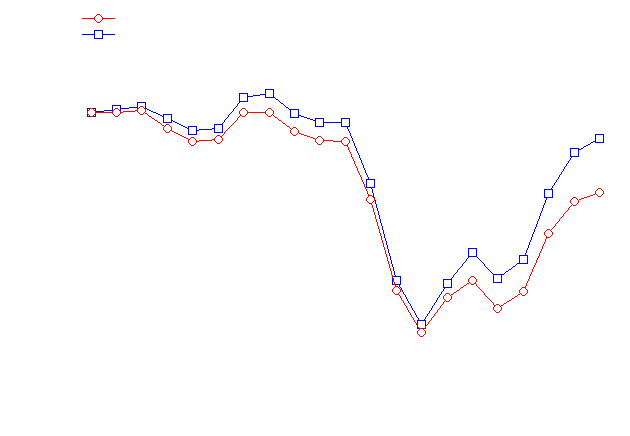HighYield Bond ETFs Deliver Value for Investors
Post on: 4 Июль, 2015 No Comment

Two new Guggenheim ETFs arrived on the market in the last week. Guggenheim BulletShares 2019 High Yield Corporate Bond ETF (NYSEMKT:BSJJ) and its sister fund, Guggenheim BulletShares 2020 High Yield Corporate Bond ETF (NYSEMKT:BSJK). BSJJ is focused on corporate debt notes maturing in 2019 and BSJK for 2020. Both entered the market at $25.
The new Guggenheims are good, straightforward cases in point for assessing this class of ETFs, allowing investors to focus on product quality values.
A couple points for investors:
- Their layout of time frames, size of holdings, and yields are classic debt-security-market best practices. These bonds have been sectioned off according to class, quality ratings, and maturity, which is good, systematic administrative practice.
- They both exhibit good debt management practice by quantifying holdings for the fund managers.
The real significance of the Guggenheims and similar ETFs is that they’re an evolutionary class of ETF product, which has been redefining debt management, while creating a salable high-yield product for investors.
Investment performance in the high-yield bond ETF market
Since the crash, some bond and debt ETFs have performed very well indeed. A case in point is the iShares High Yield Corporate Bonds ETF ( NYSEMKT: HYG ). which hit a deep hole in its market price during the 2009 meltdown of around $45, and climbed up to near $95 this year. The original market entry trading price was $62.
What’s interesting, and often profitable, about the debt ETFs is their trading range. Some, like Powershares Senior Loan Portfolio ( NYSEMKT: BKLN ) usually, if not always, trade in high volumes across a wide bandwidth. Others, like HYG, are more volatile and occasionally brutal over time with their downside corrections, but are also solid trading performers with strong proven upsides.
Risks and bond ETFs
The mere whiff of a change in Federal Reserve policy caused overselling in the bond markets recently, which naturally carried through to the bond ETFs. Unit values dipped with the breeze, regardless of the fact that large sections of the debts, notably corporate debts, weren’t affected at all by the issues.
The market has a reliable track record of overselling debt-based ETFs in these cases. It did itself no favors in a classic case in which some mortgage security ETFs, tainted with the name mortgage securities, crashed vertically in 2008-09, straight off a cliff. The unit prices plummeted until someone realized they were holding AA- and AAA-rated, solid gold, securities, whereupon they went vertically straight back up. (HYG had a similar pricing profile during that period on the link above.)
Assessing bond ETFs
The trick for investors is to research the quality of debt and bond ETF holdings. The major funds have an obvious aversion to junk bonds, and the ETFs listed above are good templates for researching how high-performing bond ETFs structure and manage quality of their holdings.
The bond ETF holdings can be used to lock in values with significant trading value upside, sometimes excellent value for both long- and short-term positions.
Some other ETFs to consider














